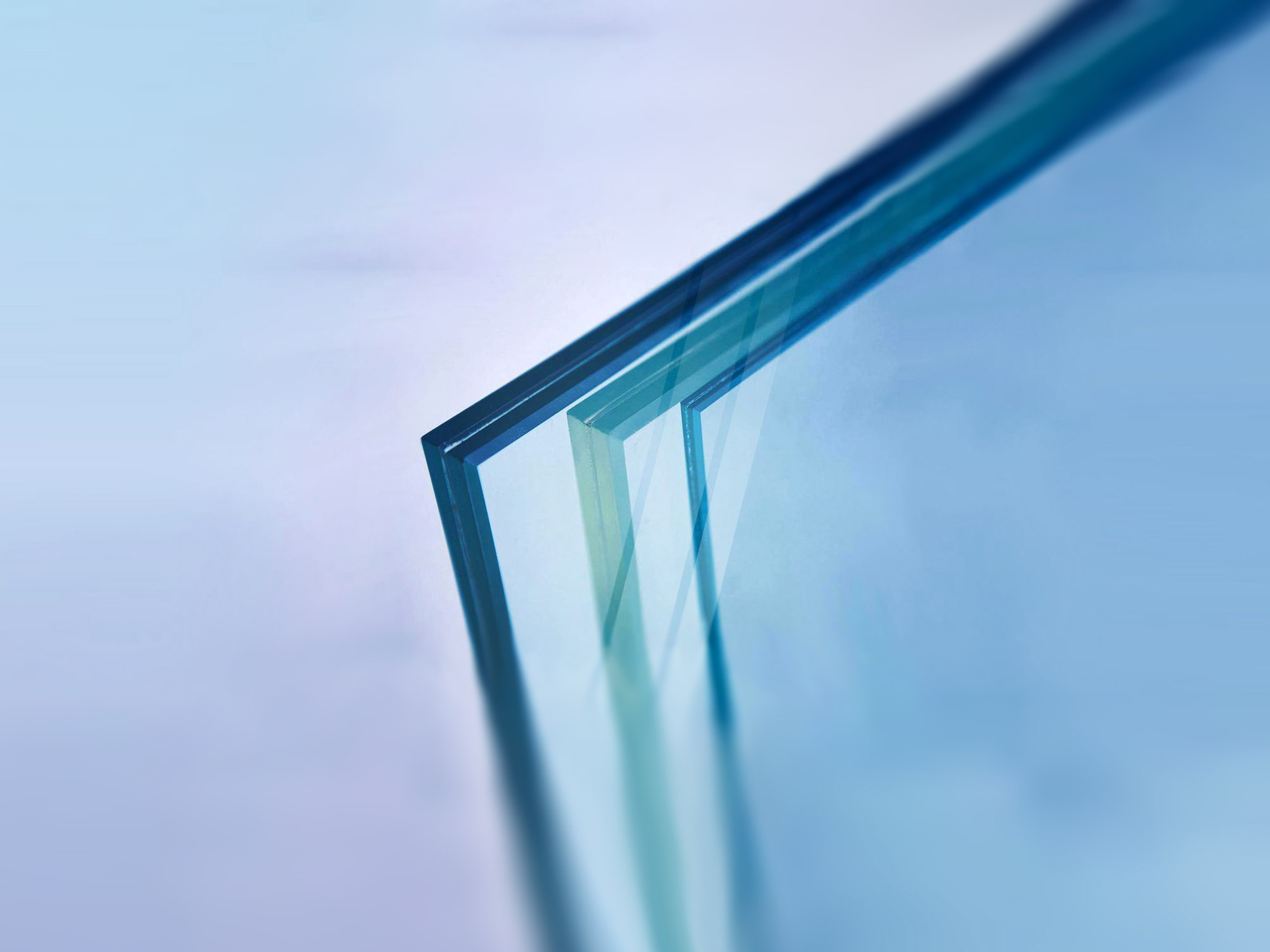

The Aesthetic and Functional Significance of Reflective Glass Colors
In the realm of architecture and design, the choice of materials can significantly influence the overall aesthetic and functionality of a structure. One such material that has gained prominence over the years is reflective glass. This innovative building material is not only visually appealing but also serves various practical purposes. The colors of reflective glass play an essential role in shaping the ambiance of a space, enhancing energy efficiency, and providing privacy. In this article, we will explore the various aspects and implications of reflective glass colors in modern architecture.
Aesthetic Appeal
Reflective glass comes in various colors, each contributing to the overall aesthetic of a building. The hues range from vibrant blues and greens to subtle grays and bronzes. These colors can dramatically alter the appearance of a structure, allowing architects to create unique facades that stand out in urban environments. For instance, a shimmering blue reflective glass façade can evoke a sense of tranquility, mimicking the serenity of water, while a darker, bronze-tinted glass can exude sophistication and elegance.
Moreover, the color of reflective glass can influence how a building interacts with its surroundings. Lighter colors tend to blend seamlessly with the sky and nature, while darker colors may add a stark contrast against greenery and urban landscapes. Architects often select reflective glass colors that complement the overall theme of the development, ensuring that the building harmonizes with adjacent structures and the environment.
Energy Efficiency
One of the most significant advantages of reflective glass is its ability to enhance energy efficiency. Different colors of reflective glass can reflect varying amounts of sunlight, contributing to temperature regulation within a building. Lighter shades, for instance, are known for their superior reflective properties, bouncing back more solar radiation and reducing heat gain. This, in turn, leads to lower energy consumption for cooling systems, making buildings more sustainable.
In contrast, darker reflective glass colors absorb more sunlight, which can be advantageous in colder climates where additional warmth is desired. The right choice of glass color, therefore, can significantly reduce the reliance on artificial heating and cooling, promoting energy conservation. Additionally, by using reflective glass, buildings can achieve a more comfortable indoor environment, resulting in improved occupant satisfaction.

Privacy and Safety
Reflective glass also provides an essential function in terms of privacy. Higher reflectivity typically correlates with greater opacity, allowing occupants to enjoy their views without compromising their privacy. This characteristic is particularly advantageous for residential buildings, corporate offices, and healthcare facilities, where the protection of personal space is paramount.
Furthermore, reflective glass colors can enhance safety and security. The reflective surface makes it harder for would-be intruders to see inside a building, thereby deterring potential threats. This can be especially important in urban environments where proximity to public spaces raises security concerns.
Psychological Impacts
Colors have profound psychological effects on individuals, influencing emotions and perceptions. The reflective glass colors chosen for a building can thus impact not only its occupants but also passersby. Blue hues are often associated with calmness and trust, making them a popular choice for commercial buildings aiming to foster a sense of reliability. On the other hand, warmer colors such as orange and red can evoke feelings of energy and enthusiasm, suitable for artistic spaces and cultural venues.
Reflective glass also plays a crucial role in shaping the identity of a city. Iconic structures adorned with unique glass colors can become landmarks, contributing to a city’s branding and image. Cities like Sydney with its Opera House or Shanghai with its futuristic skyline owe much of their visual identity to the innovative use of glass and color.
Conclusion
The use of reflective glass colors has transcended mere function, becoming an integral component of modern architectural design. The aesthetic allure, energy efficiency, privacy benefits, and psychological effects of reflective glass colors underline their importance in contemporary spaces. As architects and designers continue to push boundaries, the exploration of reflective glass will undoubtedly evolve, leading to even more innovative applications that enhance both form and function. Ultimately, the selection of reflective glass colors is more than a design choice; it is a thoughtful process that significantly impacts the character of our built environment.